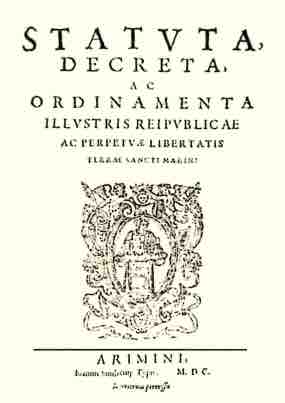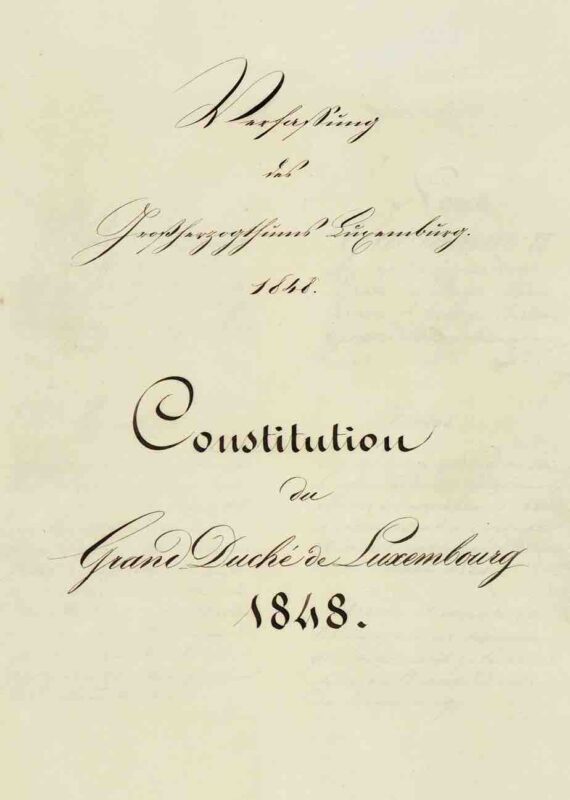This Article will take you to “Ten Oldest Constitution of the World”
The Constitution can be defined as “…the fundamental ideas and regulations of a nation, state, or social group that regulate the powers and duties of the government and guarantee certain rights to the people who live within it…”
But you must have wondered which is the oldest Constitution in the World? Here we have the 10 oldest constitutions of the world.
1. The Republic of San Marino (8 October 1600)
The Republic of San Marino is considered to hold the world’s oldest constitution, which came into force on October 8, 1600. The Constitution is a set of six Latin texts known as “The Statutes of 1600.” It is thought to be the world’s oldest surviving national constitution. The new system replaced the Statuti Comunali (Town Statutes) that had served San Marino since around 1300.
2. United States of America (21 June 1788)
The United States Constitution is one of the world’s oldest constitutions. It consists of seven Articles, a preamble, and a concluding endorsement. The treaty was ratified in June 1788 and entered into force in 1789. James Madison contributed to the creation of the Virginia Constitution, which served as the foundation for the United States Constitution. As a result, he is renowned as the “Father of the United States Constitution.”
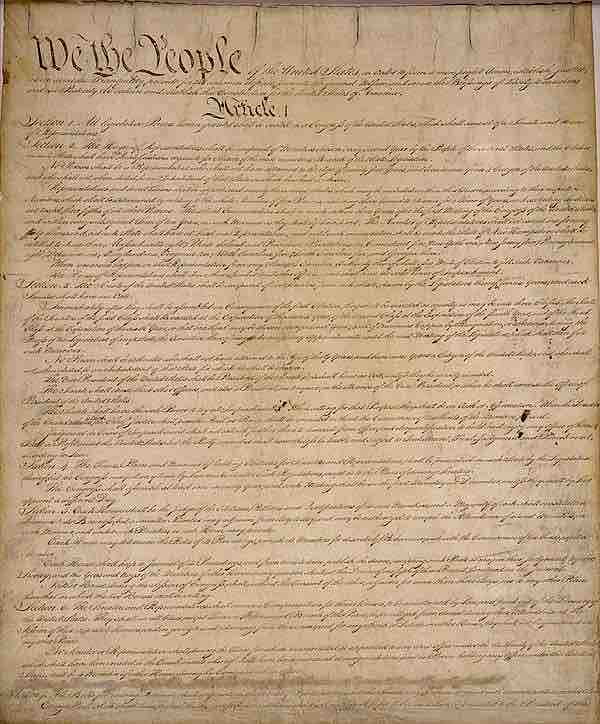
3. Poland ( May 1791)
The Constitution of Poland of 3 May 1791 is often regarded as the world’s second oldest modern constitution and the oldest in Europe. The 1791 Constitution aimed to create a more successful constitutional monarchy with a clear division of executive, legislative, and judicial functions.
Later Polish constitutions were inspired by the concepts of the Constitution of 3 May 1791. Poland’s current constitution was enacted in 1997 and was last revised in 2009.
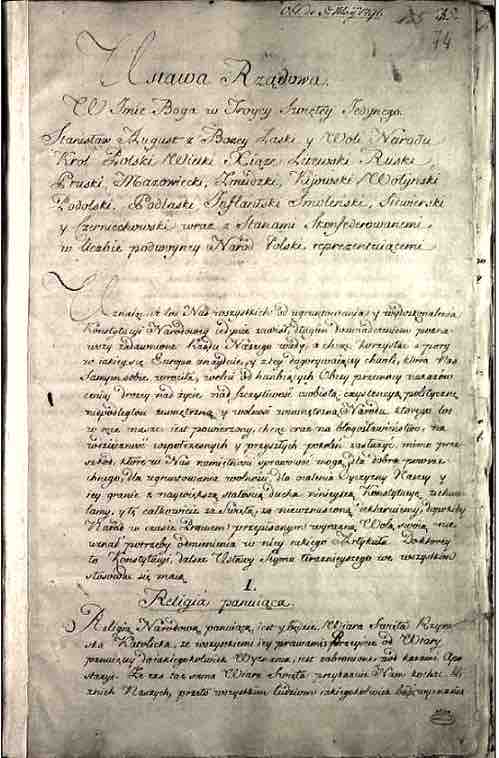
4. Norway’s Constitution (17 May 1814)
With the passage of the Norwegian Constitution, Norway became its own sovereign state. This Constitution came after 434 years of Danish-Norwegian monarchy. This Constitution’s ideals include popular sovereignty, human rights, and the separation of powers.

5. Kingdom of Netherlands
The Kingdom of the Netherlands’ Constitution stems from around 1814 or 1815 and has been revised several times. The first significant modification occurred in 1848, and it established a system of parliamentary democracy. The current Dutch Constitution was drafted in 1983.
The Constitution of the Kingdom of the Netherlands, like other constitutions, combines the regulations governing the Dutch system of government with fundamental rights for the nation’s residents. The Dutch Constitution outlines several rights, including freedom of expression, the right to privacy, the right to vote and run for office, and the right to equal treatment.
Also Read

6. Belgium (7 February 1831)
On February 7, 1831, the National Congress of Belgium enacted the Belgian Constitution. On July 14, 1993, a substantial modification to the Constitution was adopted. This amendment changed Belgium’s political system from a constitutional monarchy to a federal state.

7. Luxembourg (12 October 1841)
The Luxembourg Constitution was initially written in 1841, barely two years after Luxembourg became a sovereign republic. The current Constitution was adopted in 1868 and last amended in 2016. The Luxembourg Constitution is made up of 121 articles grouped into 13 chapters. Luxembourg’s Constitution, like all other constitutions, specifies the constituent underpinnings of the state, the assurance of individuals’ rights and liberties, and the structure of powers.
While the Luxembourg Constitution has been updated multiple times since 1841, one of the most significant modifications occurred in 1919. Following the modification of the Constitution, all citizens of legal voting age, which was 21 at the time (lowered to 18 in 1972), were granted the right to vote. Prior to this, only men over the age of 25 who paid a specific amount of tax were eligible to vote.
8. Switzerland (12 September 1848)
On September 12, 1848, the Swiss Federal Constitution was written, establishing the Swiss Federal State. The United States Constitution, as well as the principles of the French Revolution, had a strong influence on Switzerland. A Federal Body, a bicameral assembly comprised of the National Council and the Council of States, was founded to draught the Swiss Federal Constitution.
Furthermore, the Swiss Federal Constitution established a declaration of fundamental individual rights, a federal government, and a federal court of justice for its citizens. This 1848 Constitution was revised in 1874. On April 18, 1999, the present Swiss Federal Constitution was ratified, thus replacing the 1874 Constitution.

9. Denmark’s Constitution (5 June 1849)
The Danish Constitution came into force on June 5, 1849. The country of Denmark was created as a constitutional monarchy. This Constitution establishes the foundation of Danish governance and explains citizens’ rights, including freedom of religion and expression. There is a section devoted to the country’s mandatory military duty.
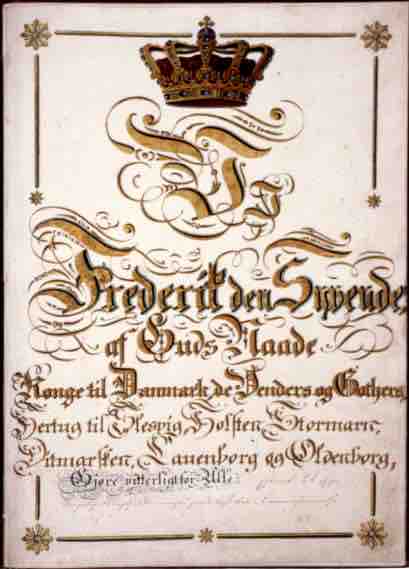
10. Canada (1 July 1867)
The Constitution Act of 1867 established the Canadian Constitution. This confirmed that Canada was still subject to the monarchy of the United Kingdom (“U.K.”).
From 1867 to 1982, the UK may theoretically make changes to the Canadian Constitution at any time, but after the enactment of the Constitution Act, 1982, modifications to the Constitution can only be made in Canada.
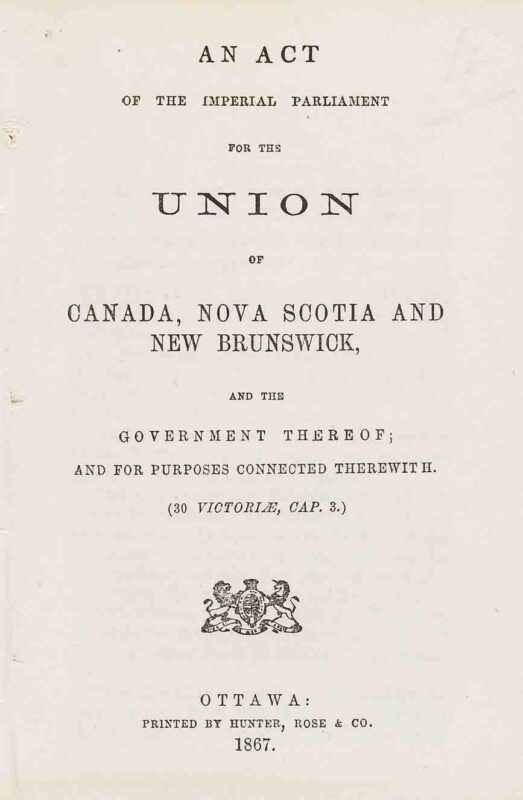
By-
Rajat Rajan Singh
Editor-in-Chief at Law Trend
Advocate at Allahabad High Court Lucknow


